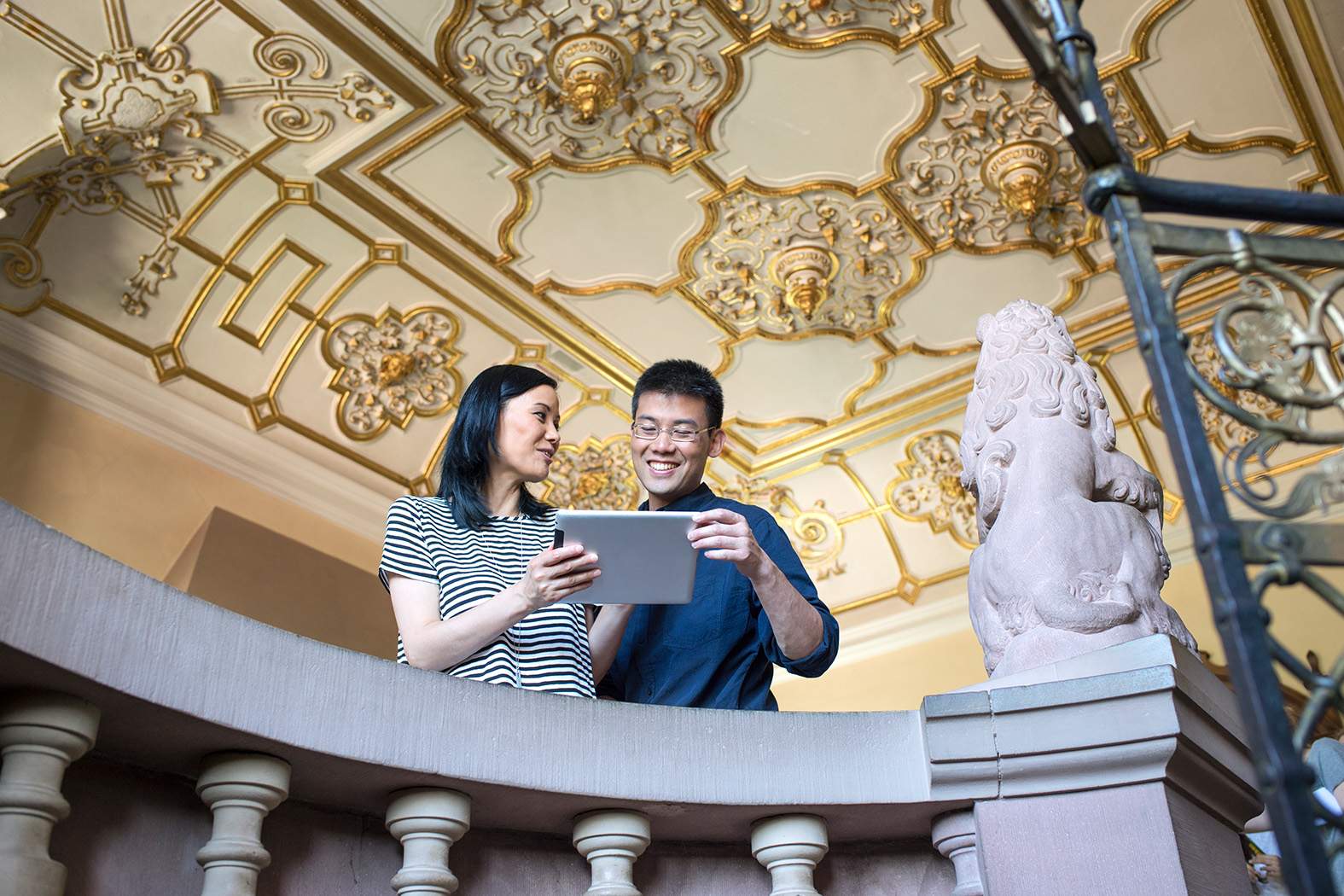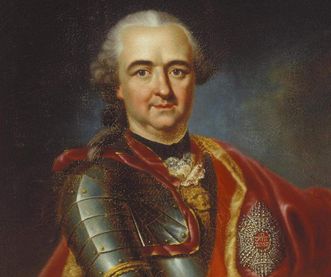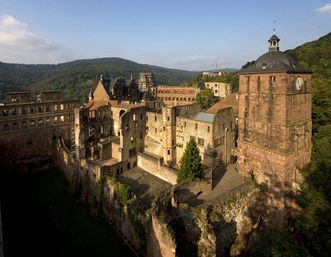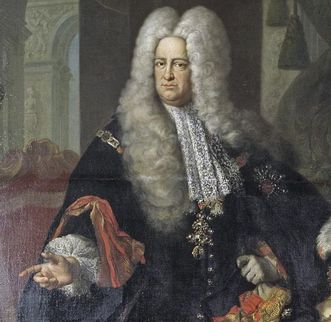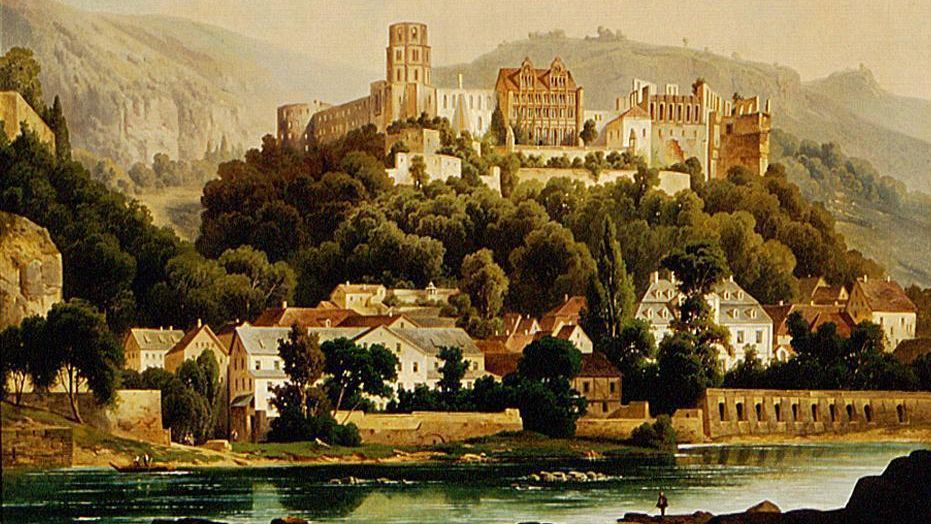A special relationship: the Palatinate and Bavaria
Every time a prince-elector died without producing an heir, the region was thrown into a political crisis. The regency then frequently transferred to a family branch, which is exactly what happened in 1777. Agreements resulted in the Palatine Wittelsbach family, who had been living in Heidelberg Castle, inheriting the Duchy of Bavaria from their cousin. The new residence was now located in Munich. In 1806, the Palatine family placed their first Bavarian king. The Electoral Palatinate had to cede their seat to the House of Baden in 1803.



